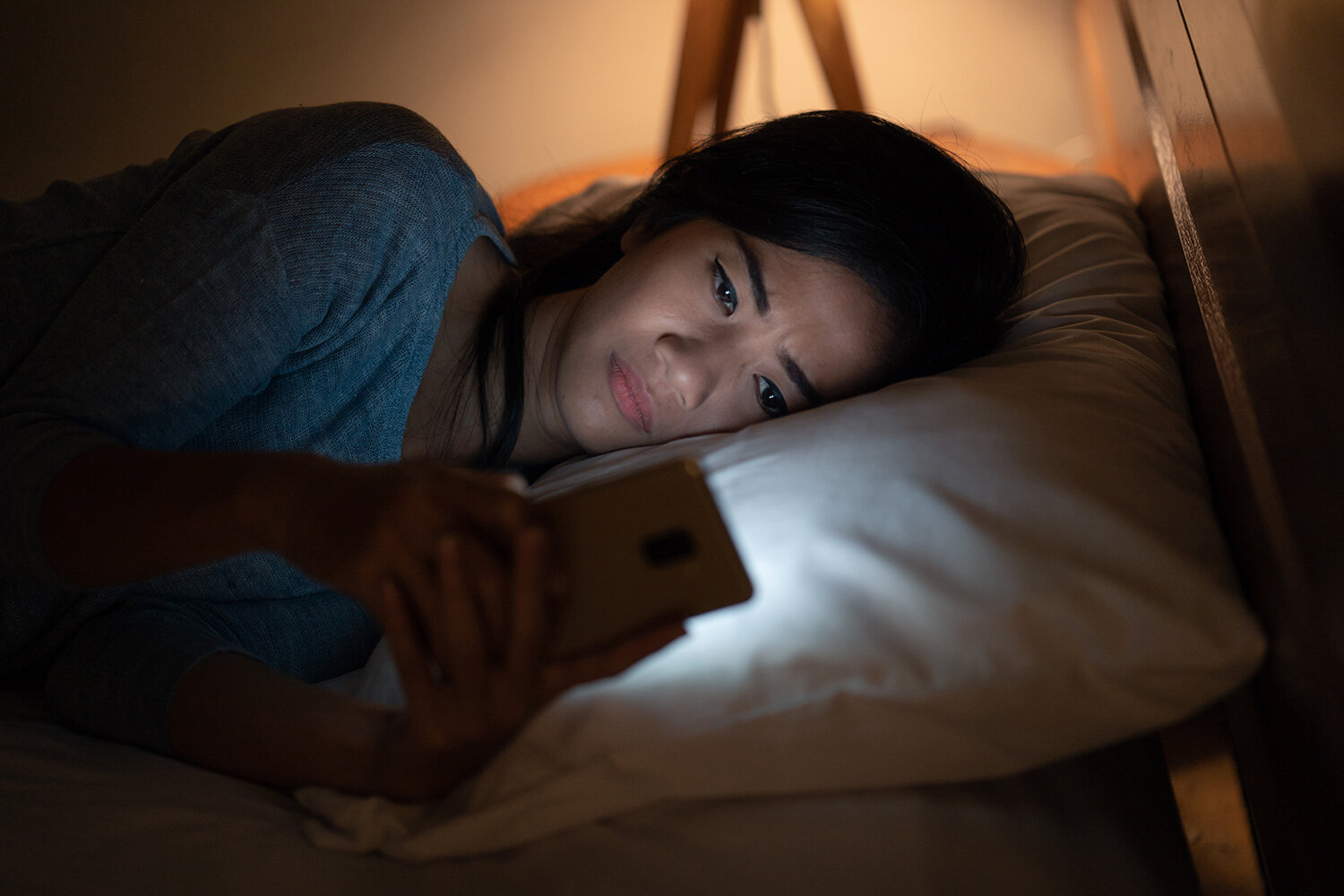In our modern, interconnected world, “The Impact of Technology on Mental Health” has garnered significant attention. From ubiquitous smartphones and social media to immersive video games and streaming services, technology has seamlessly integrated itself into our daily lives. While these digital tools offer a plethora of advantages, they also wield the power to shape our mental well-being in diverse ways. This article delves into the multifaceted relationship between technology and mental health, exploring its positive effects, negative consequences, and strategies for achieving a harmonious balance.
The Positive Effects of Technology on Mental Health
Amid concerns regarding the adverse impacts of technology on mental health, it is essential to recognize the numerous ways in which it can be a force for good. For instance, mental health apps and online therapy services have democratized access to support and resources, making it easier for individuals to manage stress, anxiety, and depression. These digital platforms offer coping mechanisms and self-help strategies at one’s fingertips, empowering users to take charge of their mental well-being.
Furthermore, the influence of “The Impact of Technology on Mental Health” extends into the realm of social media. Despite its potential downsides, social media can serve as a tool for connection and support. Online communities and support groups have thrived, nurturing a sense of belonging and empathy among users. In times of crisis, social media can serve as a lifeline, connecting individuals with shared experiences and reducing feelings of isolation.
Even video games, often criticized for their impact on mental health, can provide a sense of accomplishment and stress relief when approached in moderation. They offer a temporary escape from the pressures of reality, contributing positively to “The Impact of Technology on Mental Health.”
The Negative Effects of Technology on Mental Health
Conversely, it is equally vital to acknowledge the potential negative repercussions of “The Impact of Technology on Mental Health.” Excessive social media use, for instance, has been linked to heightened feelings of loneliness, anxiety, and depression. Constant comparisons with carefully curated online personas can foster unrealistic expectations and a pervasive sense of inadequacy.
Furthermore, technology’s darker side includes issues like cyberbullying and online harassment, which can inflict emotional distress and leave lasting psychological scars. The anonymity technology provides can embolden individuals to engage in harmful behaviors that they might otherwise avoid in face-to-face interactions.
Excessive video game use, often classified as gaming disorder, is another facet of the impact of technology on mental health. It can lead to addiction, negatively affecting academic performance, occupational responsibilities, and social relationships. Isolation, a common consequence of excessive gaming, can exacerbate feelings of loneliness and depression.
Additionally, the blue light emitted by digital devices can disrupt sleep patterns by suppressing melatonin production, potentially causing insomnia and other sleep-related mental health issues.
Tips for Using Technology in a Healthy Way
Given the complex interplay between technology and mental health, adopting a mindful approach to technology usage is crucial. Here are practical tips for harnessing technology’s benefits while safeguarding mental well-being:
- Set Boundaries: Establish limits on the amount of time spent on social media, gaming, or other digital activities. Clearly define when and where you use technology to regain control over your usage.
- Practice Mindfulness: Cultivate mindfulness by minimizing distractions and resisting the constant allure of notifications and updates. Mindfulness techniques can help reduce anxiety and stress.
- Embrace Nature: Nature offers tranquility and respite. Periodically unplug from digital devices and spend time outdoors to alleviate stress and enhance overall mental well-being.
- Prioritize Sleep: Ensure adequate rest by reducing screen time before bedtime and creating a sleep-friendly bedroom environment. Consistent sleep patterns are fundamental to mental health.
The Future of Technology and Mental Health
As technology continues to advance, the convergence of “The Impact of Technology on Mental Health” presents exciting opportunities for innovation. Virtual reality therapy, for example, is gaining traction as a novel approach to accessing mental health support. It immerses users in therapeutic environments, offering a unique treatment modality.
Wearable devices and artificial intelligence are poised to revolutionize “The Impact of Technology on Mental Health” by effectively monitoring and providing personalized interventions. However, the introduction of such innovations should be approached with caution, with thorough consideration of privacy and ethical concerns.
Strategies for Using Technology in a Healthy Way
While technology’s potential to negatively affect mental health is evident, it is equally vital to acknowledge its capacity for positive contributions. Mindfulness apps and meditation apps, readily available, can aid in stress and anxiety reduction. Setting constraints on social media usage or taking periodic technology breaks can mitigate feelings of overwhelm and burnout.
Furthermore, technology can serve as a conduit for human connection. Virtual support groups and online therapy sessions have emerged as valuable resources for individuals seeking emotional support and guidance. Leveraging technology to foster meaningful connections can enhance one’s mental well-being.
In conclusion, “The Impact of Technology on Mental Health” stands as a pivotal concern in our increasingly digital world. This relationship can be both nurturing and detrimental, contingent upon how we engage with it. By implementing strategies like setting boundaries, practicing mindfulness, and prioritizing healthy habits, we can harness “The Impact of Technology on Mental Health” to enhance our well-being while mitigating its negative consequences. In this ever-evolving digital landscape, the balance between technology and mental health remains firmly within our grasp.




